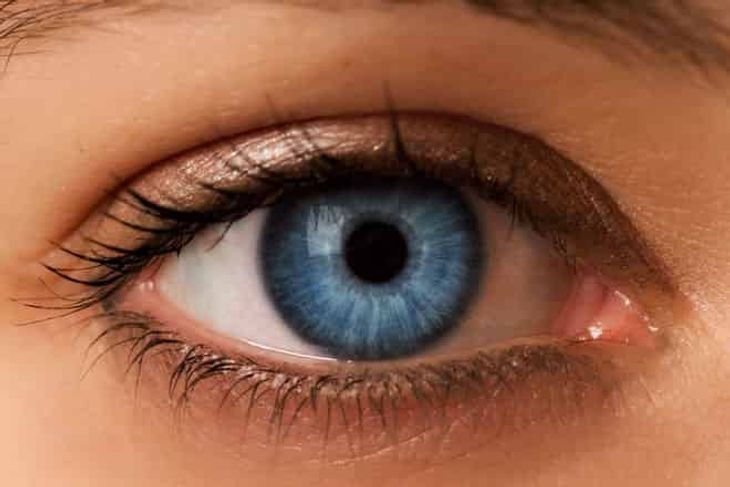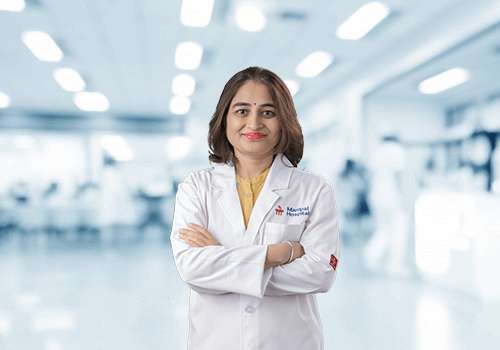Cataract Surgery in India

Be Informed & Choose the best Cataract treatment.
Cataract Treatment
When the clear lens of the eyes becomes cloudy or hazy, resulting in blurred vision, it is called a cataract. Eye’s lens is responsible for focusing the light onto the retina leading to clear images without distortion. However, when this lens starts obscuring due to cataract formation, it causes blurring and altered vision. Though cataracts are a part of normal aging requiring surgical correction (when they mature) in some cases they may develop rapidly and need urgent intervention.
Cataract not only results in distorted vision but also hinders many day-to-day activities including night-driving, watching TV, reading, and difficulty in recognizing faces. Besides aging, cataract formation can be due to some disease or trauma.
To cure cataract, usually, a small surgery is done in which the natural lens of the eye is removed and replaced with an artificial lens or intraocular lens that restores clear vision. This surgical procedure is commonly performed on an outpatient basis and the patient gets discharged on the same day of treatment.
Two types of Cataract treatment in India
There are two types of Cataract treatment
- Traditional cataract surgery (Phacoemulsification)
- Laser surgery
Being one of the most common and preferred surgeries in the world, Traditional cataract surgery is considered quite safe and cost-effective. Laser surgery, on the other hand, costs more but has its advantages with respect to precision and consistency in results.
Traditional cataract surgery
Traditional cataract surgery, also called phacoemulsification involves creating a small incision in the cornea using a scalpel blade after which an instrument is put through it into the area where the eye’s lens is situated. The surgeon then makes a circular opening in the lens through which a special pen-shaped device is inserted to apply ultrasound to break the cloudy portion of the lens. These broken-up pieces are then suctioned out of the eye. An artificial lens or an intraocular lens (IOL) is then implanted to replace the eye’s natural lens. Most commonly, this surgery doesn’t need any kind of stiches as the side walls of the incision in the cornea are filled with a distinct liquid and self-seals post-surgery.
Laser surgery
Next is the laser-assisted surgery, in which an ultrasound imaging device is placed over the eye to diagnose its surface and collect information about the lens. This device then sends detailed and accurate information to a computer which programs the laser according to the exact location, and magnitude of the incision. This laser is used by the surgeon to make the corneal incision. This is then followed by the same procedure of ultrasound probe that’s used in the traditional method to break the lens and suck it out. The IOL is implanted and just like the traditional cataract surgery, the incision requires no stitches.
Between the two surgeries, laser surgery is a more preferred option these days as it doesn’t require the use of the blade to cut the cataract. Also, the laser creates more precise opening in the cornea than the traditional method. In laser surgery, the surgery time is less ensuring shorter hospital stay and faster recovery.
How to prepare for Cataract Surgery
As in the case of any surgery, the ophthalmologist first performs a detailed and comprehensive eye examination to check the overall health of the eyes. This helps him/her to evaluate if you are in a state to undergo surgery and what are the risks involved if any.
Other tests include refraction to determine nearsightedness or farsightedness and/or astigmatism. There are other measurements recorded too like the curvature of the cornea and the eye length. These measurements help the surgeon to select the most accurate power of the IOL that gives the best vision possible after surgery.
Modern research and development have given patients many types of IOLs to pick from depending on their specific needs. Today, there are IOLs that rectify nearsightedness and farsightedness, and also toric IOLs that can correct astigmatism. With the advancement in medical technology and state of the art surgical infrastructure that is both affordable and accessible, India is the most popular destination for people suffering from eye-related disorders.
Recovery after Cataract Surgery
As we mentioned above, a cataract surgery is quite safe and typically lasts only about 15 minutes. But the total time at medical centre will be more than 2 hours as extra time is needed to prepare the eye for a surgical procedure and also there will be post-operative evaluation and some instructions that the support staff will give about the recovery before you leave.
Don’t think of driving back home after the surgery and let someone else do it for you. Start driving only after consulting with your doctor and after he tests your vision and confirms that it is safe to drive.
Doctors will also prescribe medicated eye drops to be used several times a day for a few weeks. One should diligently follow all instructions given by the doctor. To shield your eyes from sunlight and other bright lights use a special pair of post-operative sunglasses for a few days.
During the 1st week of your recovery, avoid any kind of strenuous activity and heavy lifting. Avoid contact with dirty water as much as possible. Don’t go for swimming or spas. Also avoid any activity that would bring your eye in contact with dust or any other infection-causing contaminants. With these precautions, your eye should be back in shape soon helping you resume all day to day activities.
Choose Medmonks to get the best Cataract treatment
At Medmonks, we believe in offering our customers nothing but the best. With a huge network of India’s best surgeons and hospitals, you are not only assured of best medical amenities but also the best possible outcome and all this is done in a very cost-effective and time-effective way.





